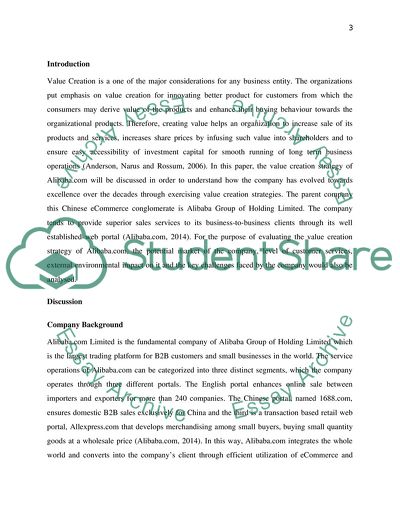Cite this document
(Understanding the Value Creation Strategy Case Study, n.d.)
Understanding the Value Creation Strategy Case Study. https://studentshare.org/marketing/1855590-understanding-the-value-creation-strategy-case-alibabacom
Understanding the Value Creation Strategy Case Study. https://studentshare.org/marketing/1855590-understanding-the-value-creation-strategy-case-alibabacom
(Understanding the Value Creation Strategy Case Study)
Understanding the Value Creation Strategy Case Study. https://studentshare.org/marketing/1855590-understanding-the-value-creation-strategy-case-alibabacom.
Understanding the Value Creation Strategy Case Study. https://studentshare.org/marketing/1855590-understanding-the-value-creation-strategy-case-alibabacom.
“Understanding the Value Creation Strategy Case Study”. https://studentshare.org/marketing/1855590-understanding-the-value-creation-strategy-case-alibabacom.


